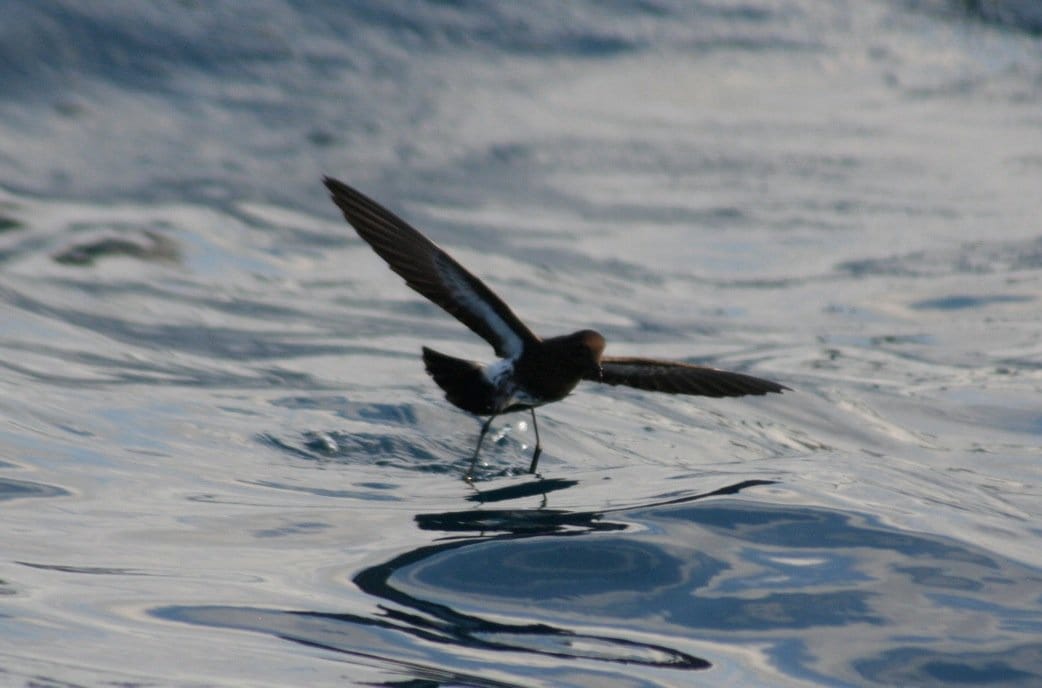
Little Barrier Island in the Hauraki Gulf near Auckland was already one of the most important offshore reserves in New Zealand. The island was mostly forested through its history and never had introduced browsing mammals, meaning it had an intact flora. It was for many years the last place you’d find Stitchbirds anywhere in the world, and to this day it still has the largest population of this species and arguably the only stable and secure one. The species has proven very hard to establish on other islands, so Little Barrier Island is cruicial for the long term survival of the species. It’s home to Kokako and Little Spotted Kiwi, and has been a refuge used in protecting the endangered Kakakpo. It also is home to the breeding sites of vulnerable seabirds including the Cook’s Petrel and Black Petrel, both species are considered vulnerable.
Black Petrels (Procellaria parkinsoni) only breed on two islands, of which Little Barrier is one.
Little Barrier Island was the last stronghold of the Stichbird (Notiomystis cincta), and remains its most important reserve.
Cook’s Petrel (Pterodroma cookii) is another range-restricted breeder that nests on Little Barrier Island.
This week it emerged that the island is important for another rare New Zealand bird, the critically endangered New Zealand Petrel. The species was lost for over a hundred years before being rediscovered in 2003. Since its rediscovery conservationists have been trying to find the islands that it breeds on in order to protect it. This was seen as crucial as the species is thought to number less than a hundred individuals and possibly less than fifty adults. It hasn’t been easy, however, as there are lots of islands in the Hauraki Gulf and these are very small. So it was a considerable achievement to find them breeding on one of the largest islands.
New Zealand Storm-petrel (right) with White-faced Storm-petrel (left).
Whether the species only breeds on Little Barrier is obviously not known yet whether the species breeds elsewhere. Little Barrier had rats at one point, so it may have re-colonised, or may be still recovering from the rats. At any rate it is great news that the species is breeding on one of the most important, and secure, islands in New Zealand, not 50 km from Auckland.


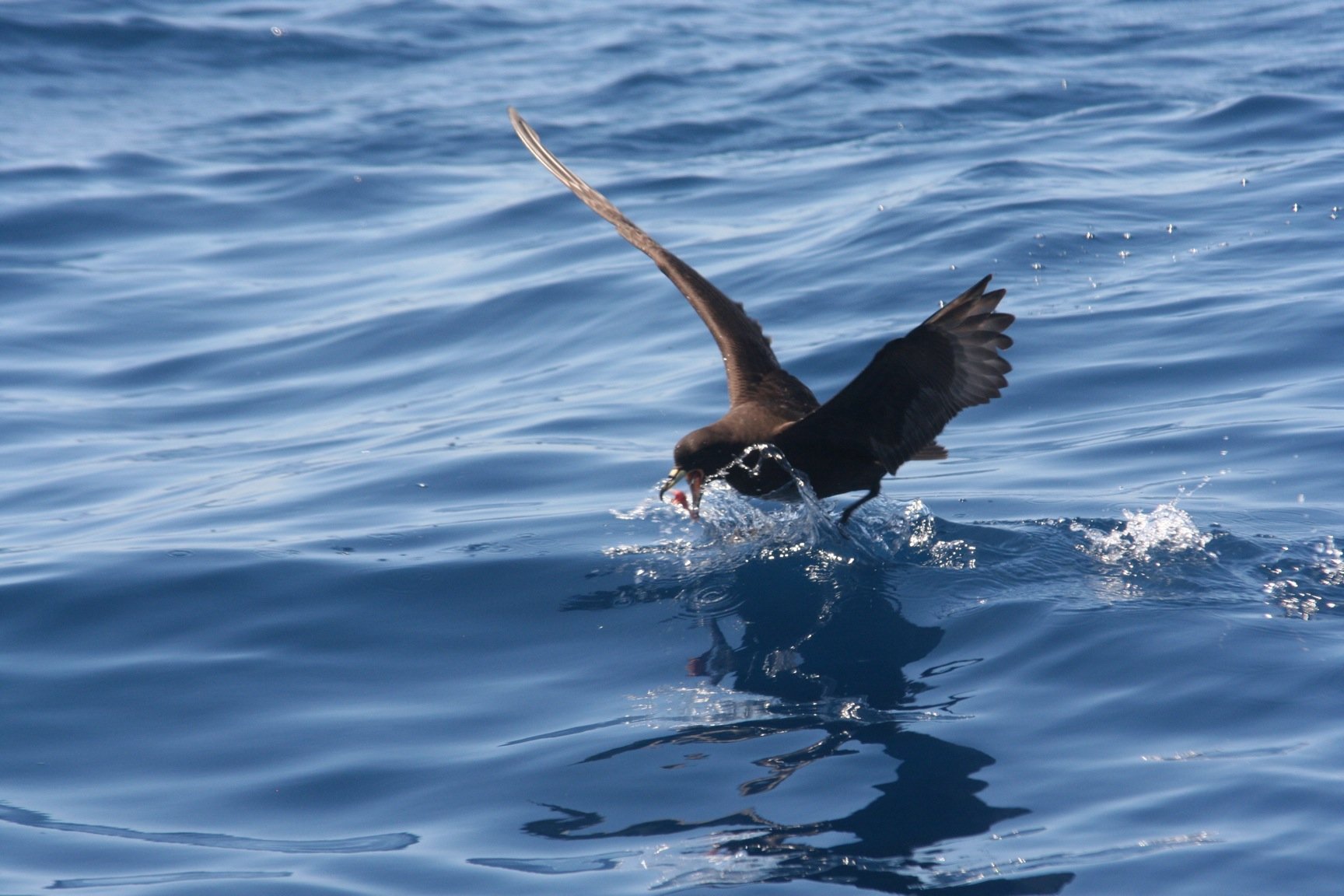
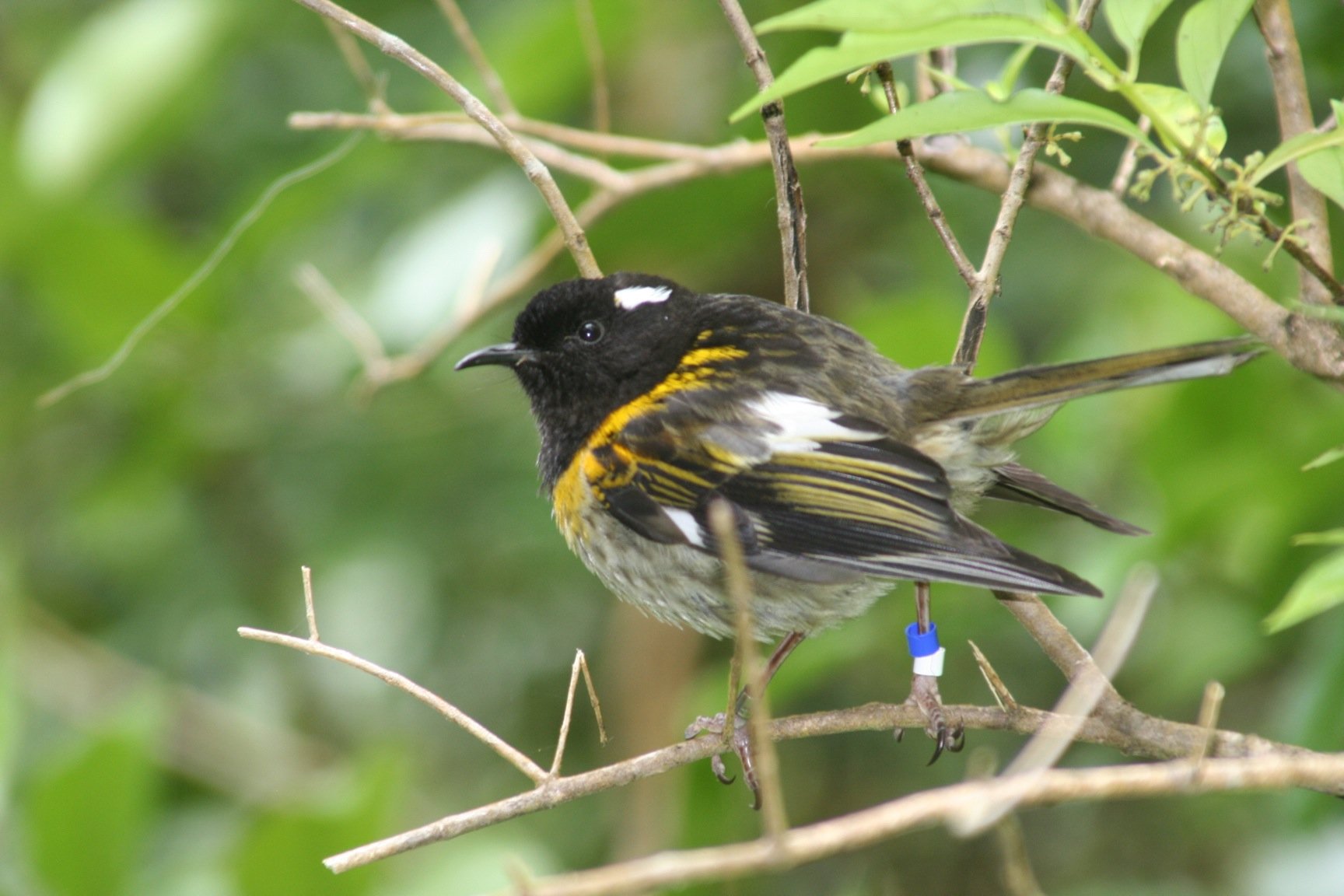
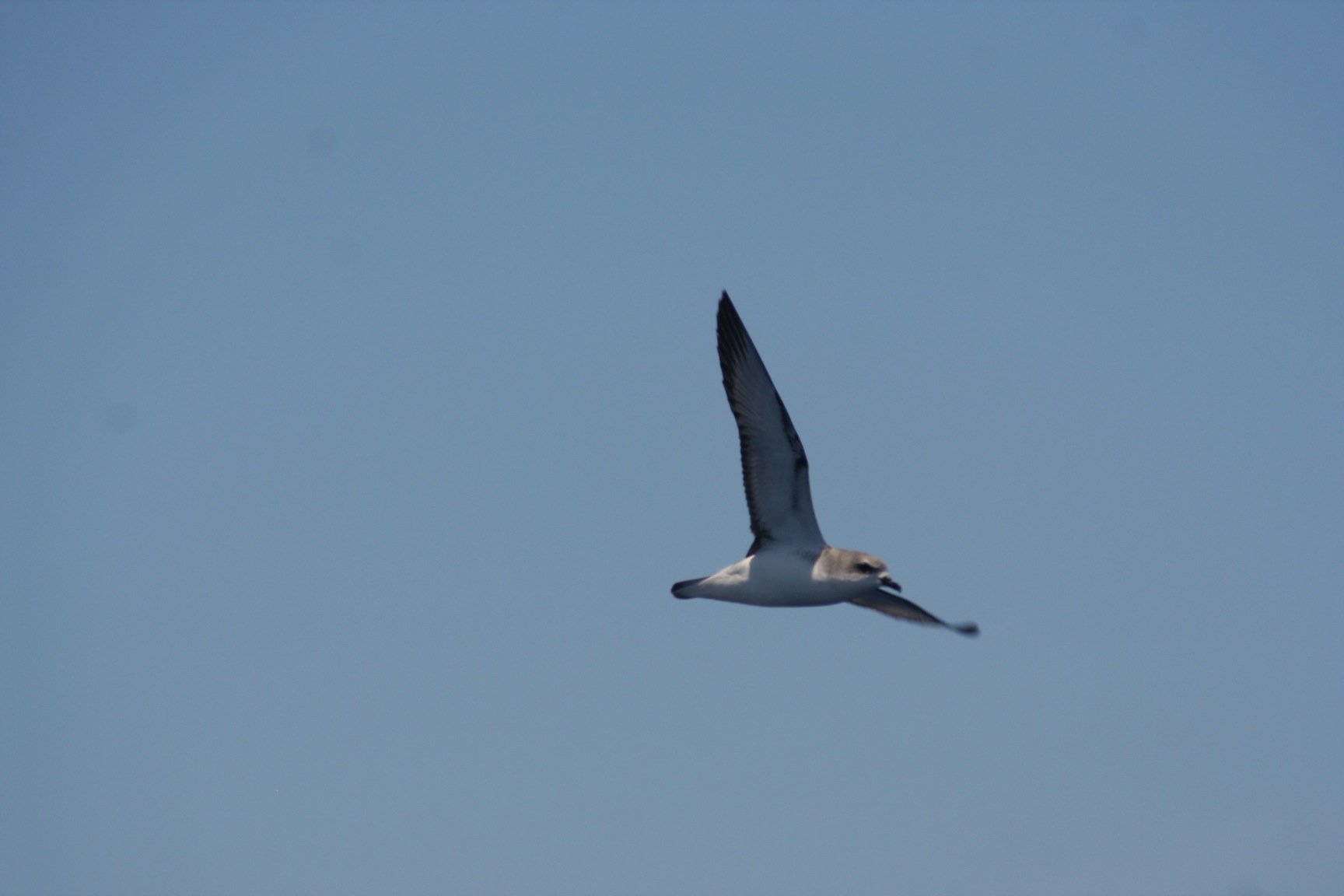
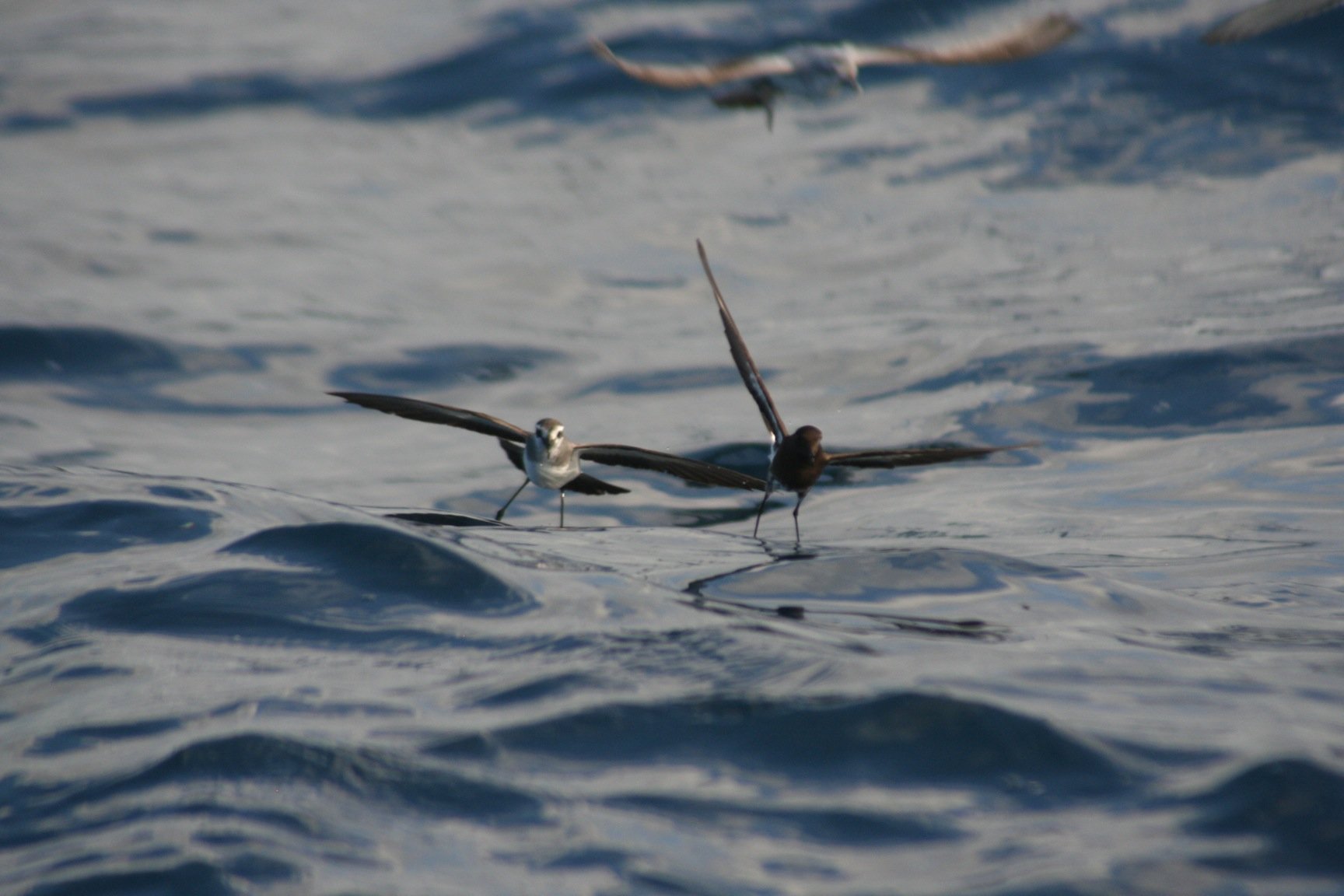











I can’t believe you’ve seen NZ Storm-Petrels yet we are still allowed to simply call you “Duncan”.
Very good news it breeds on Little Barrier. I guess some beer was spilled over that discovery!